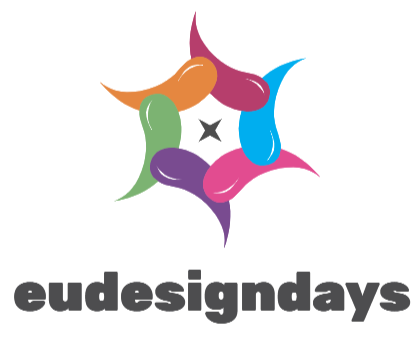Designing a project or creating a work of art can be a daunting task. Knowing the seven principles of design can help make the process easier and more successful. The seven principles of design are: balance, rhythm, emphasis, contrast, unity, pattern, and movement. When applied in the correct way, each of these elements can create an eye-catching and cohesive design.
Balance
In a design, balance is achieved when all the elements are evenly distributed around a central point or along a line. This creates a sense of equilibrium and stability. There are three main types of balance: symmetrical, asymmetrical and radial. Symmetrical balance is when the elements around the center are identical, while asymmetrical balance is when they are different. Radial balance is when the elements are placed around a central point, like a spoke in a wheel.
Rhythm
Creating a sense of rhythm within a design is key for holding a viewer’s attention. A strong sense of rhythm can be created with repetition of elements, shapes, or colours. A regular pattern of alternating elements can also help create movement within a design. When used correctly, the rhythm helps guide the viewer’s eye through the design.
Emphasis
Emphasis is used to make certain elements of the design stand out, while simultaneously making other elements recede into the background. Using contrast, like differences in size, colour, or placement can help draw attention to the elements that are emphasized. Contrast can also be used to create a focal point and direct the viewer’s attention to a specific part of the design.
Contrast
Contrast is used to make certain elements stand out from the rest of the design. This can be achieved through size, colour, shape, placement, and texture. For example, a bright colour placed against a dull colour will create contrast and draw attention to the bright colour. Contrast can also be used to highlight specific elements and emphasize important parts of the design.
Unity
When used correctly, unity ties all the elements of a design together, creating a cohesive whole. Unity can be achieved through use of colour, styling, and repetition of elements. All elements should complement each other and work together to create a unified design.
Pattern
Patterns can be used to create a sense of order within a design and a strong focal point. Patterns are created by repeating elements, like shapes, colours, or lines. They can be used to create movement within a design, as well as to add visual interest. Sometimes patterns also indicate a specific function or meaning within a design, like an arrow pointing in a certain direction.
Movement
Movement is used to create a sense of dynamism in a design. This can be achieved by using elements like curves, lines, or directional arrows, as well as through the placement of elements. For example, elements placed in ‘S’ curves can create a feeling of spiraling movement, while elements in a zig-zag pattern can create a sense of zipping through the design. The goal is to create a sense of flow and energy, guiding the viewer’s eye around the design.
Using the seven principles of design can help create a harmonious and eye-catching piece of art or design. Balance, rhythm, emphasis, contrast, unity, patterns, and movement all work together to create a successful design. With the right combination of elements and balance, any design can be successful.

